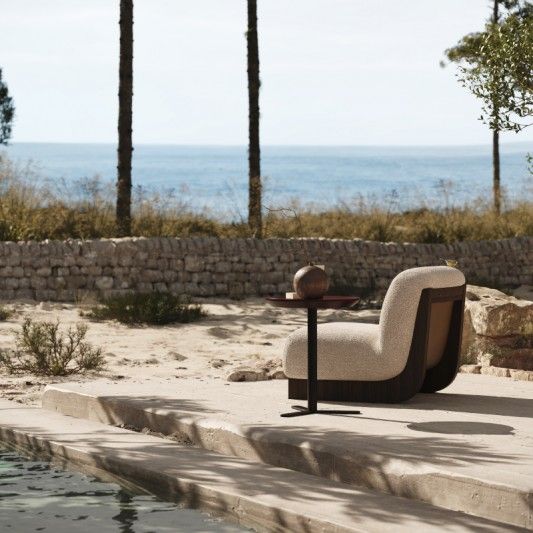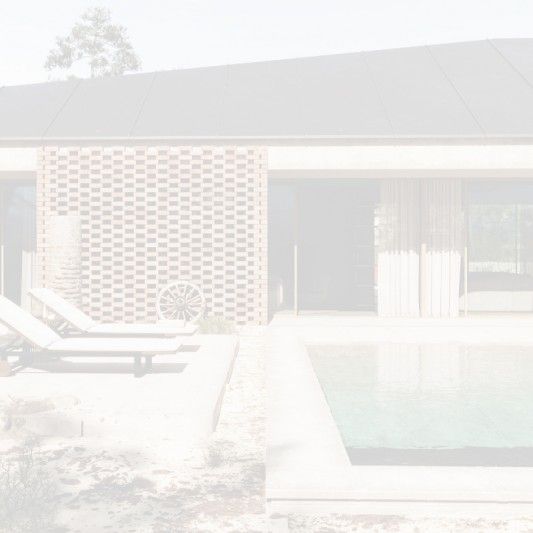The approach toward designing an interior design project has altered dramatically as a result of the pandemic, affecting the entire interior design market. According to the American Society of Interior Designers, 51% of designers have adapted to the new standard.
The interior design market has been split and redesigned
Pandemic has drastically changed consumption habits and it introduced new interior design trends. During all this time, many people have found in interior design a new passion and a way to occupy their free time.
Many became potential customers of more experienced interior designers, who despite all the years they had on the market were not prepared for this change, no one was.
in the image: Laskasas concept projects
Today people demand more and more from their homes.
These same houses were often neglected in the past. People were encouraged to go out to dinner, hence the increasingly smaller kitchens, people enjoyed leisure activities outside the house, which resulted in fewer entertainment spaces at home, and many of them didn’t even have a desk to place their laptops when the lockdown started.
The shift in interior design trends
in the image: Laskasas concept projects
The pandemic is receding, but demand remains high. The home decoration business is experiencing a rise in requests, and the housing industry is expanding as well. The pandemic compels customers to recognize their wants and reconsider their views about home, pushing businesses to react and adapt. These are the '5 Ps' impacting home design in the age of work from home:
Packages: The rise of delivery-based consumption is having an immediate impact on design. Making spaces that accommodate packages of all shapes and sizes has become a major new priority.
Pets: With the rise in pet adoption and ownership as a result of the pandemic, functionality is critical for both the pet and the owner's well-being. Pet enthusiasts are drawn to communities and homes with indoor and exterior pet-friendly spaces and practical features, such as dog washrooms and entire rooms dedicated to pets.
Plug-ins: The growing popularity of working from home has established new technological benchmarks. Multifamily households want collaborative workspaces, powerful WiFi, and well-thought-out areas to plug in gadgets, while single-family houses need adaptive rooms to support work from home.
Play: Coping with the pandemic's obstacles increased virtually everyone's needs to interact, boosting demand for recreational areas as well as those that promote fitness and healthy habits, such as tailored spaces that encourage activity transitions.
Personal Space/Privacy: The need for more personal space and privacy within the home has been created by remote work, virtual school, and more family members at home. As a design solution, "pocket spaces" that generate smaller rooms for certain activities are emerging.
In the age of work from home, it's critical that home design supports ever-changing requirements. A well-designed interior area may transform even the most basic home into a haven.
If you liked this article don't go away just yet, check this one out — How to choose the best-fitting furniture for your interior design project
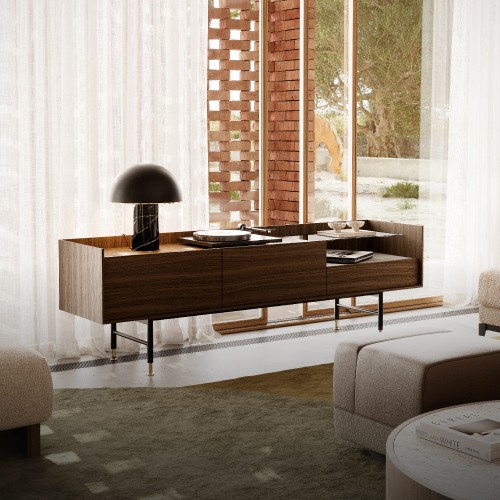
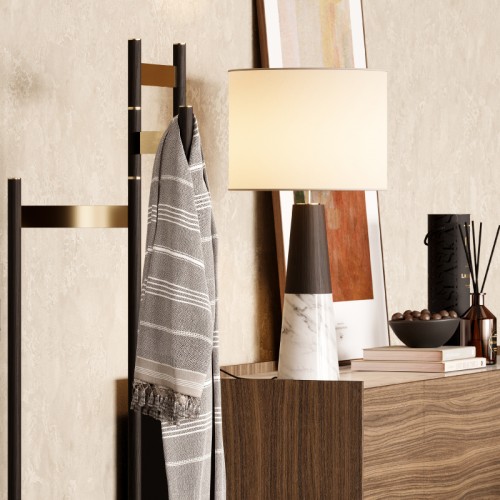
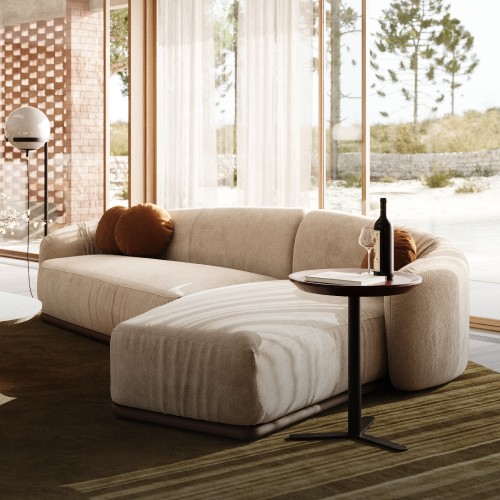
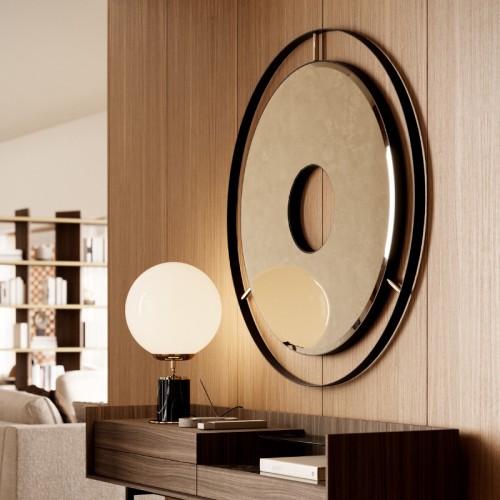
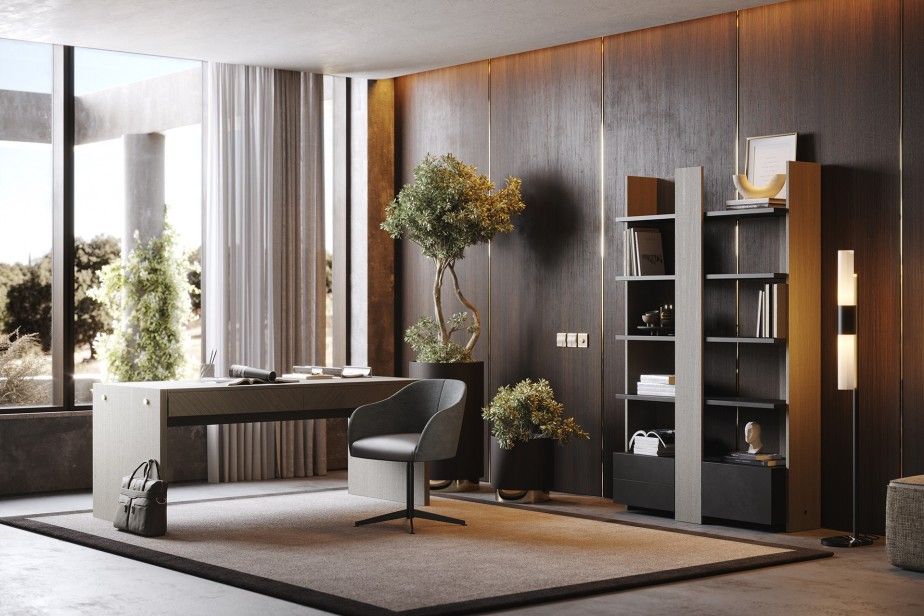
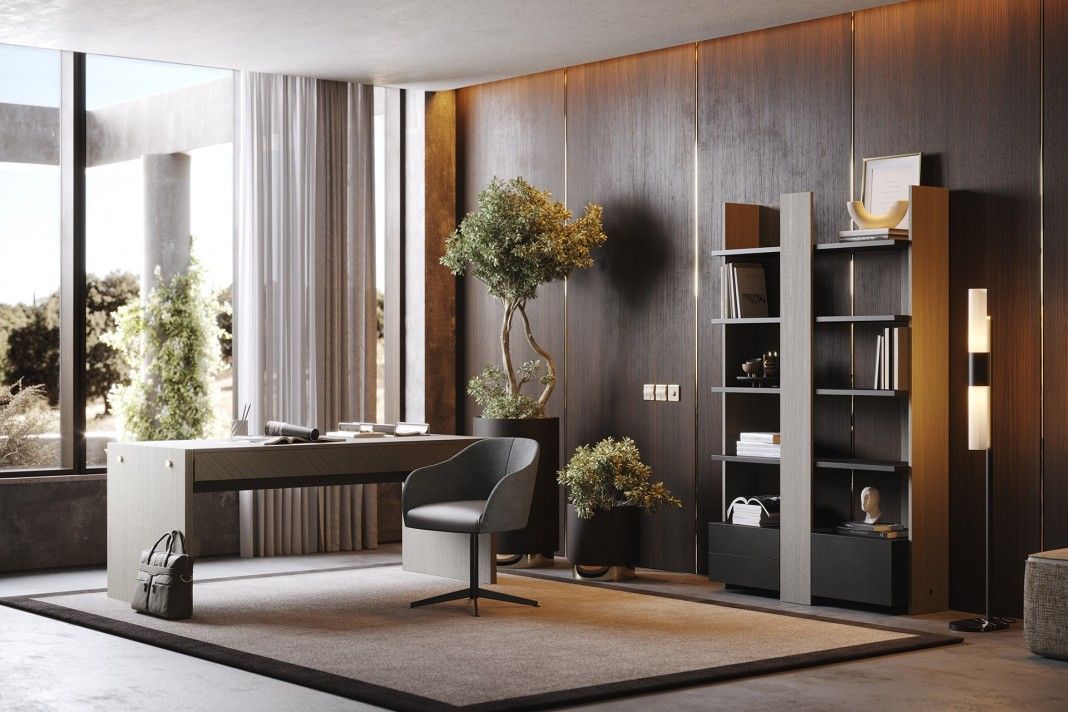

.jpg)









